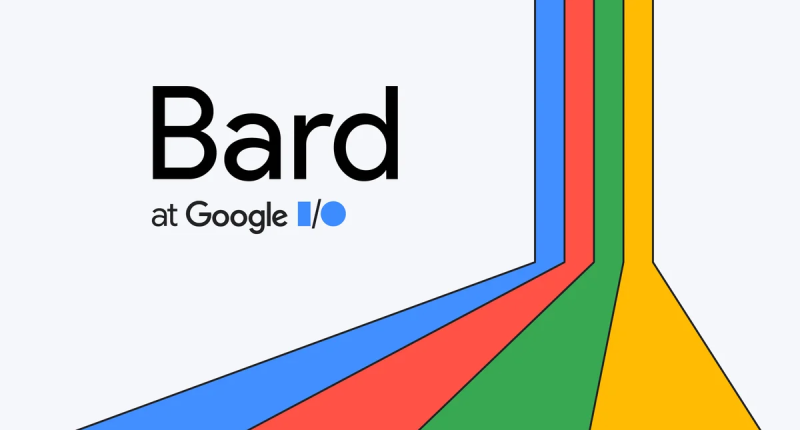With the race to develop the most advanced and natural AI technologies intensifying, it is clear that generative AI will play an increasingly important role in the future of computing and tech. Bard – Google’s AI chatbot and its answer to ChatGPT – is now being made widely available to the greater public. AI remained the cynosure of every eye at Google’s I/O conference today, and now, the company announced that it was removing most waitlist restrictions and making Bard most widely available.
Starting today, the waitlist is being removed in 180 countries and territories, months after it was initially rolled out to users in the US and the UK.
Google announced that Bard – which will run on Google’s new large-scale language model PaLM-2 – will be made available both in English and will get support for Japanese and Korean languages. And going forward, Google will also add support for the top 40 languages – the company is rolling out other languages separately as a safety measure, it noted.
“As we continue to make additional improvements and introduce new features, we want to get Bard into more people’s hands so they can try it out and share their feedback with us. So today we’re removing the waitlist and opening up Bard to over 180 countries and territories – with more coming soon,” Sissie Hsiao, vice president and GM for Assistant and Bard at Google, wrote in a blog post.
Google’s move to make Bard more widely available is significant because it represents a major step forward in the development of generative AI. This technology has the potential to revolutionize the way we interact with computers, making it possible to create sophisticated chatbots and other AI-powered applications that can respond to natural language input in real-time. At the same time, there is a fierce competition between tech giants like Google, Microsoft, and Amazon to develop the most advanced AI technologies. This has led to an intense AI race, with companies investing billions of dollars in research and development in order to gain an edge in this rapidly evolving field.
One of the key drivers behind the increased focus on AI in recent months is the growing demand for intelligent, automated systems that can help businesses to become more efficient and effective. This has led to a surge in the development of AI-powered chatbots, virtual assistants, and other applications that can help to automate routine tasks and improve productivity.
Furthermore, Bard will become more visual both in its responses and user prompts, according to Google. The addition of multimodal context will enable it to deliver responses that go beyond simple text and come with rich visuals – which includes only pictures for now. Users will also be able to include images in their prompts – Google notes that this is powered by Google Lens, which is able to identify objects within pictures. Using Google Lens, Bard can analyze the images and provide the appropriate responses within seconds.




